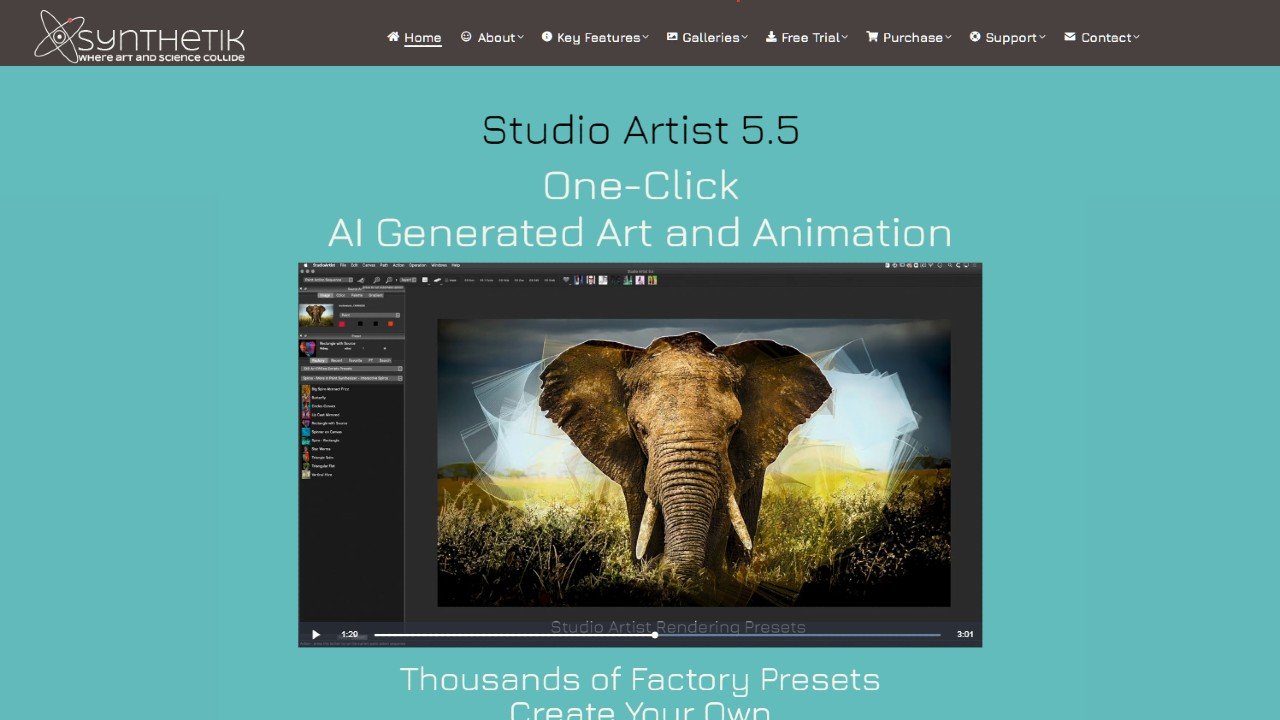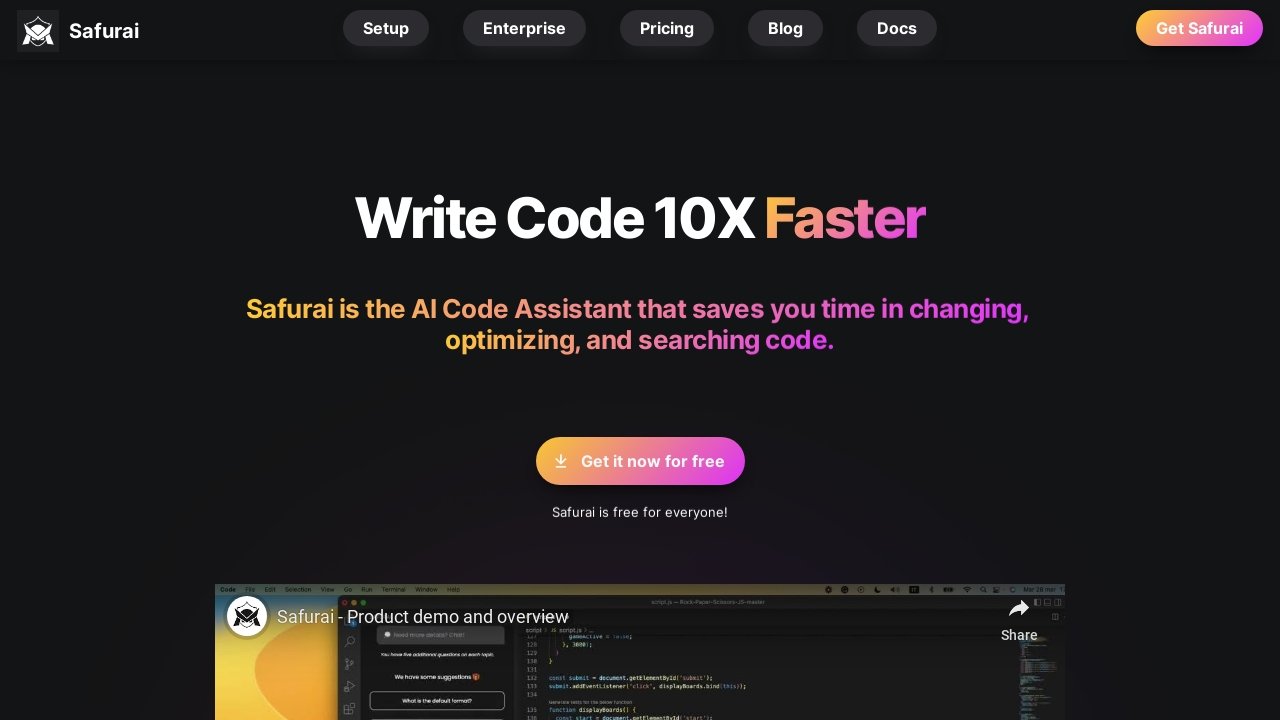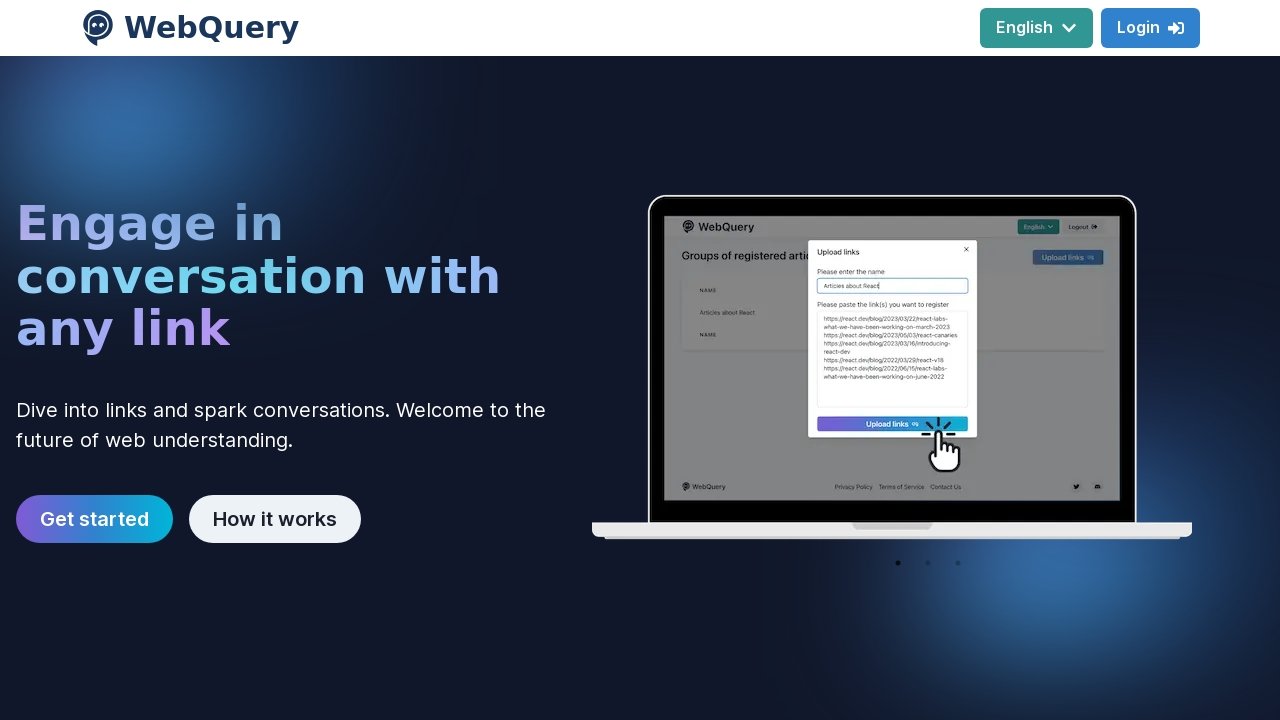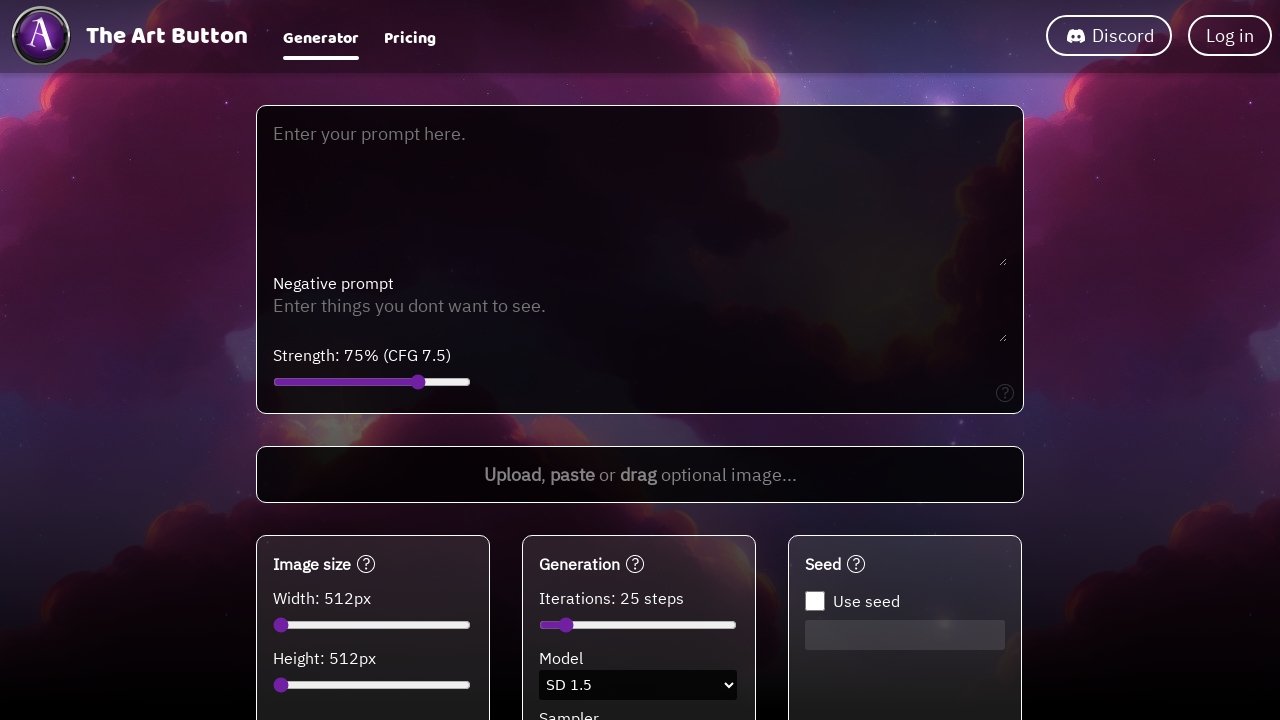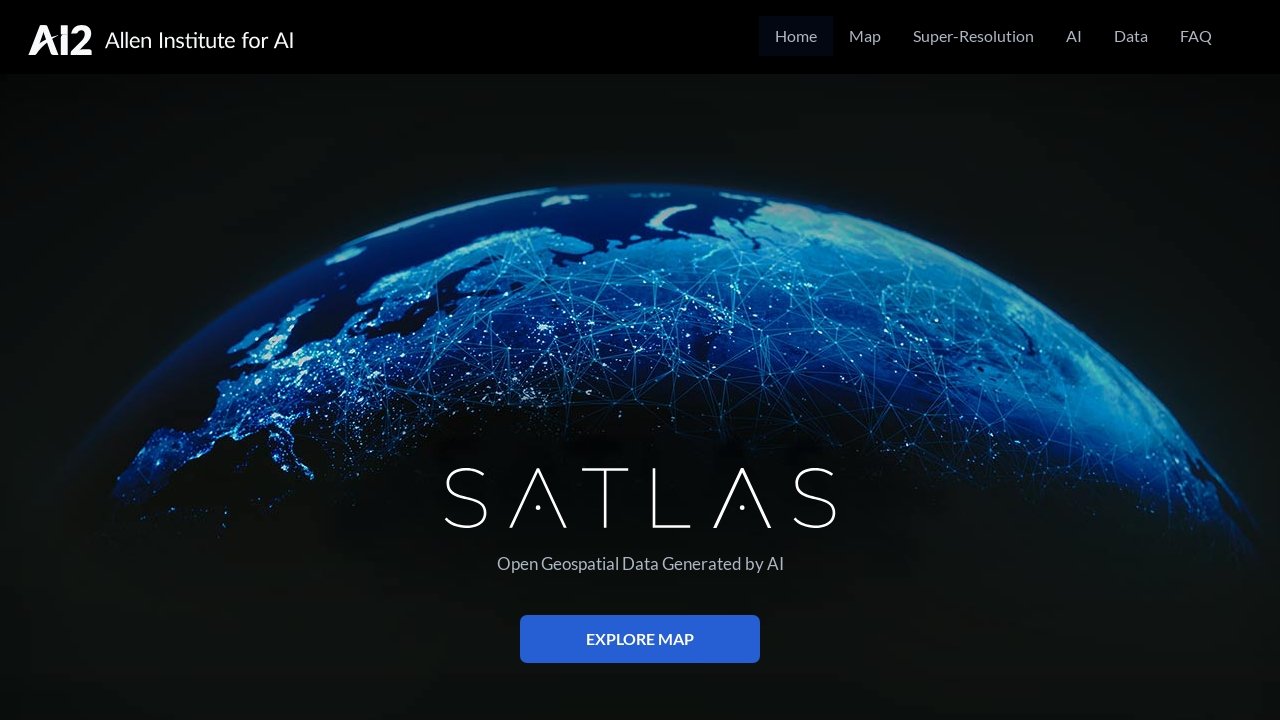
Satlas is an innovative AI tool developed by AI2 (Allen Institute for AI) that enables users to explore and analyze the dynamic changes occurring on Earth using advanced satellite imagery. This cutting-edge tool harnesses monthly geospatial data to uncover transformations in key areas such as marine infrastructure, renewable energy infrastructure, and tree cover. By utilizing Satlas, users can delve into specific examples like the impressive growth of offshore wind farms in China and the development of a major wind farm near Denmark. Satlas also reveals critical information about deforestation in the Amazon Rainforest and tree cover loss due to commercial logging in Washington State. Additionally, users can learn about wind farm developments off the coast of Scotland, the presence of offshore oil platforms near Texas, Louisiana, and Mississippi in the Gulf of Mexico, the completion of the Sinop dam along the Teles Pires river in the Amazon region, and the establishment of solar farms in both Virginia and Brazil.
An outstanding feature of Satlas is its Super-Resolution capability, which utilizes advanced AI models to enhance low-resolution satellite imagery and generate high-resolution images on a global scale. This unique functionality allows users to examine specific locations with unparalleled clarity and detail, illuminating important aspects that may have previously been indistinct or unclear. The AI models employed by Satlas leverage state-of-the-art architectures and training algorithms, drawing on the vast SatlasPretrain dataset, which encompasses over 30 TB of imagery and 300 million labels. This ensures that the AI models in Satlas achieve remarkable accuracy and reliability.
One of the noteworthy aspects of Satlas is its commitment to openness and accessibility. The AI-generated geospatial datasets generated by Satlas are freely available to the public and can be downloaded for offline analysis. Additionally, Satlas releases its AI models and training labels, enabling researchers and developers to further explore and innovate in this field. This dedication to sharing knowledge and resources fosters collaboration and facilitates advancements in the understanding of Earth’s changes.
The development of Satlas is spearheaded by a dedicated team at the Allen Institute for AI, which is focused on advancing computer vision capabilities to create AI systems that possess a comprehensive understanding of and aptitude for reasoning about the world. The team is composed of talented individuals such as Favyen Bastani, Piper Wolters, Ani Kembhavi, Jon Borchardt, Arnavi Chheda, Aaron Sarnat, and Michael Schmitz, all of whom contribute their expertise to drive the success of Satlas. This revolutionary tool represents a significant step forward in harnessing the power of AI and satellite imagery to gain profound insights into the transformations occurring on our planet.
In conclusion, Satlas is a groundbreaking AI tool developed by AI2 that empowers users to explore and understand Earth’s changes by leveraging AI-annotated satellite imagery. With its impressive features, including advanced super-resolution capabilities and access to freely available geospatial datasets, Satlas provides valuable insights into various aspects of our planet’s transformation. By enabling users to visualize and comprehend these changes, Satlas contributes to the advancement of knowledge and understanding of our ever-evolving world.
